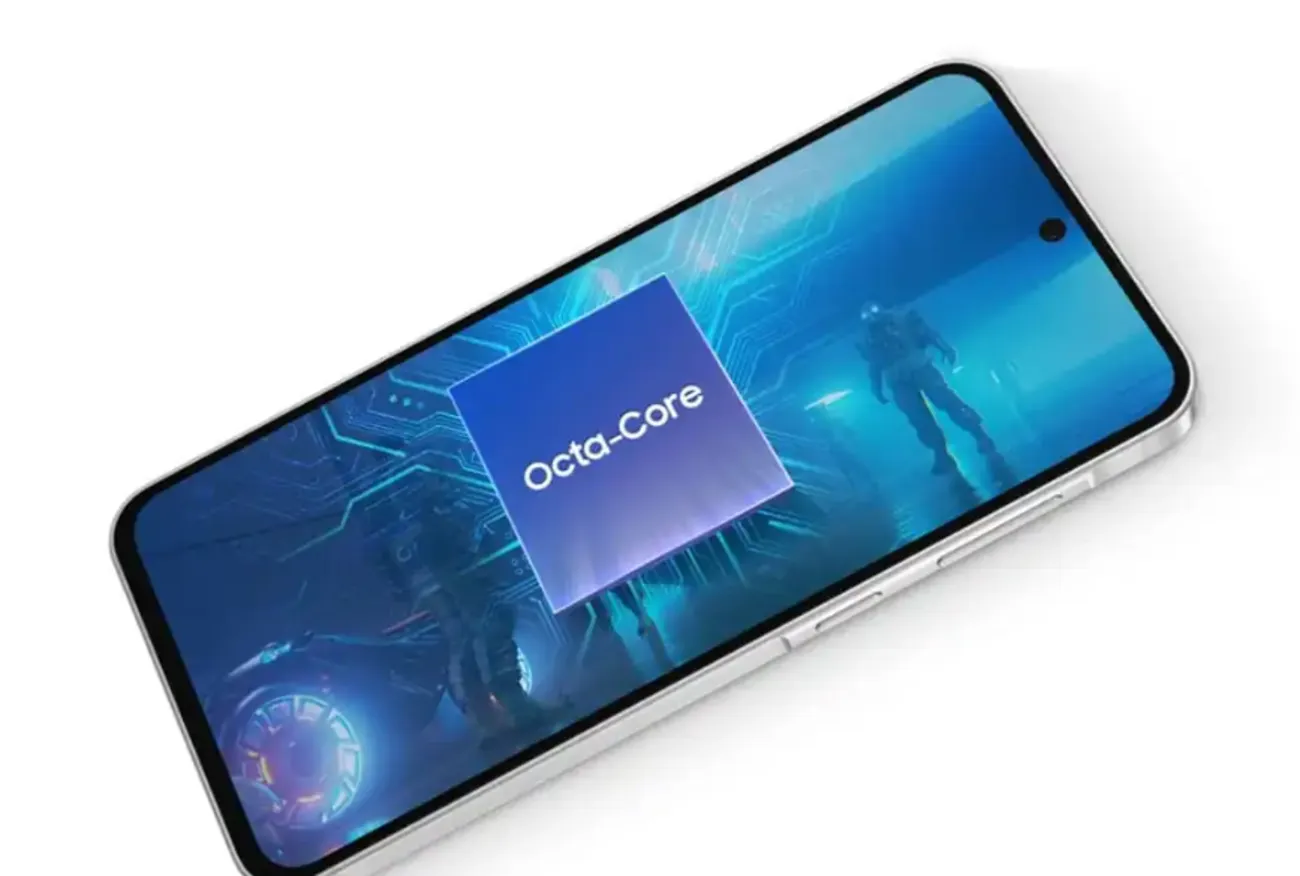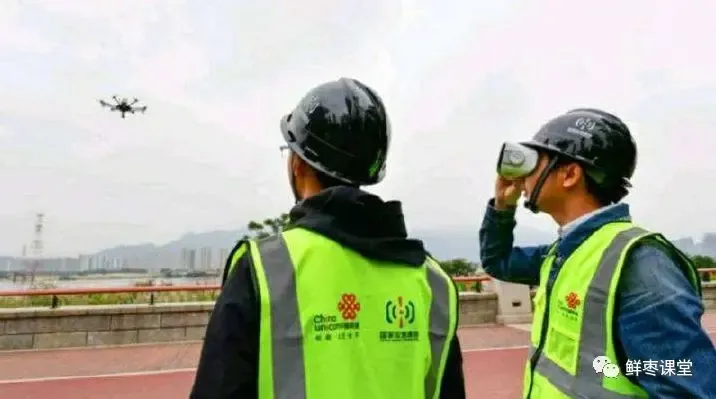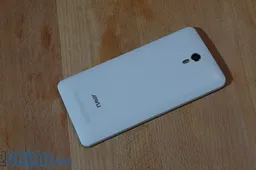
Many are still waiting to get their hands on the OnePlus One, which happens to be the first phone from China based phone maker OnePlus. The phone was announced in April of 2014, and made quite a mark thanks to a rather unorthodox marketing strategy, and simply, by being a good phone.
However, the OnePlus 2 is around the corner... or it was, until now. It turns out that OnePlus will delay the launch of this phone by a few months, and it'll only come out by the third quarter. Those of you who have been following OnePlus will be reminded of the first few months since the launch of the OnePlus One, when it was virtually impossible to get your hands on one. OnePlus will hope for things to be different this time around, since the company has a fair idea of how the market is going to react.
READ: OnePlus One Review
While there's no clear reason behind the delay, one can't help but imagine that it's the overheating problems that the Snapdragon 810 is suffering that is causing the delay. What that also means is that the OnePlus 2 will be quite a powerhouse, but with competition such as the Xiaomi Mi Note already out in the wild.
[Via]
Loading





